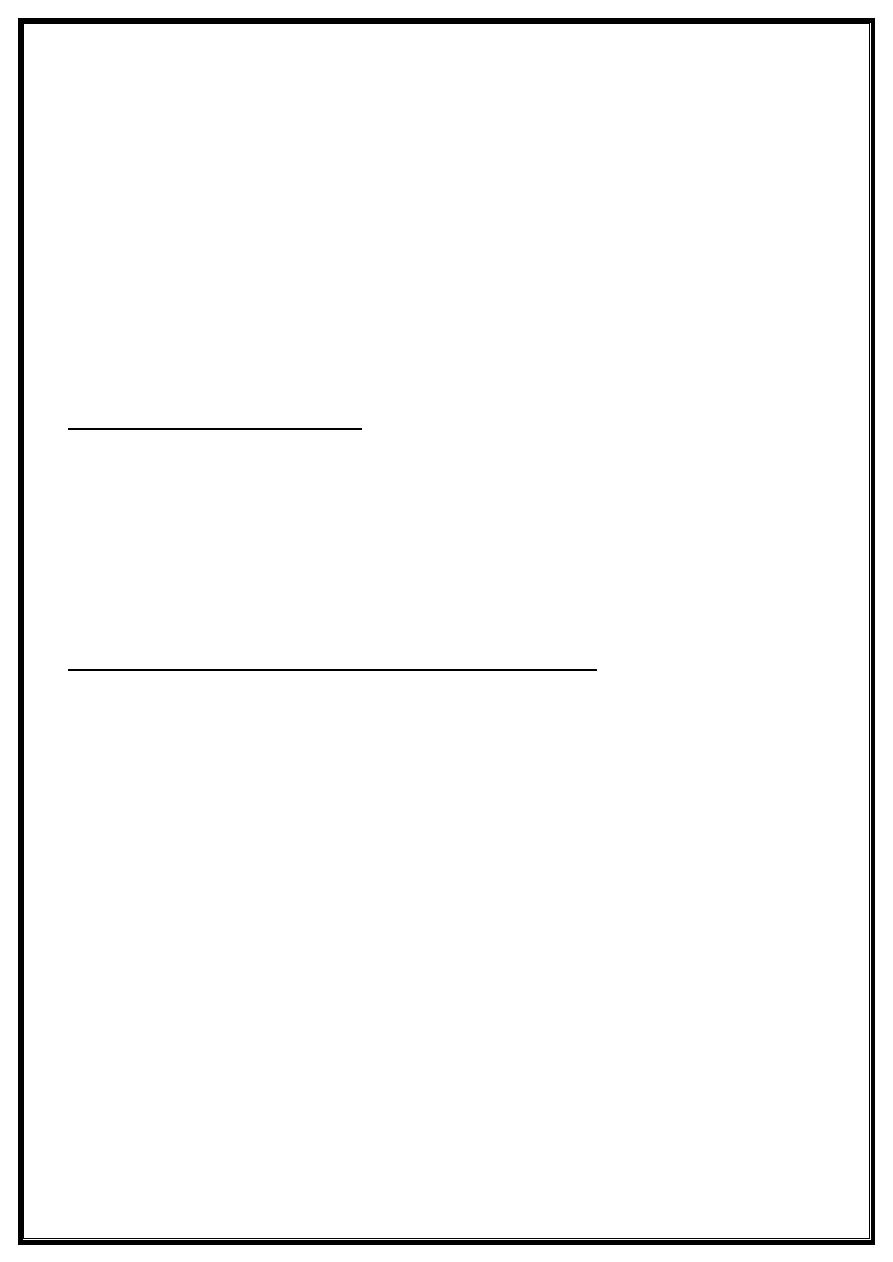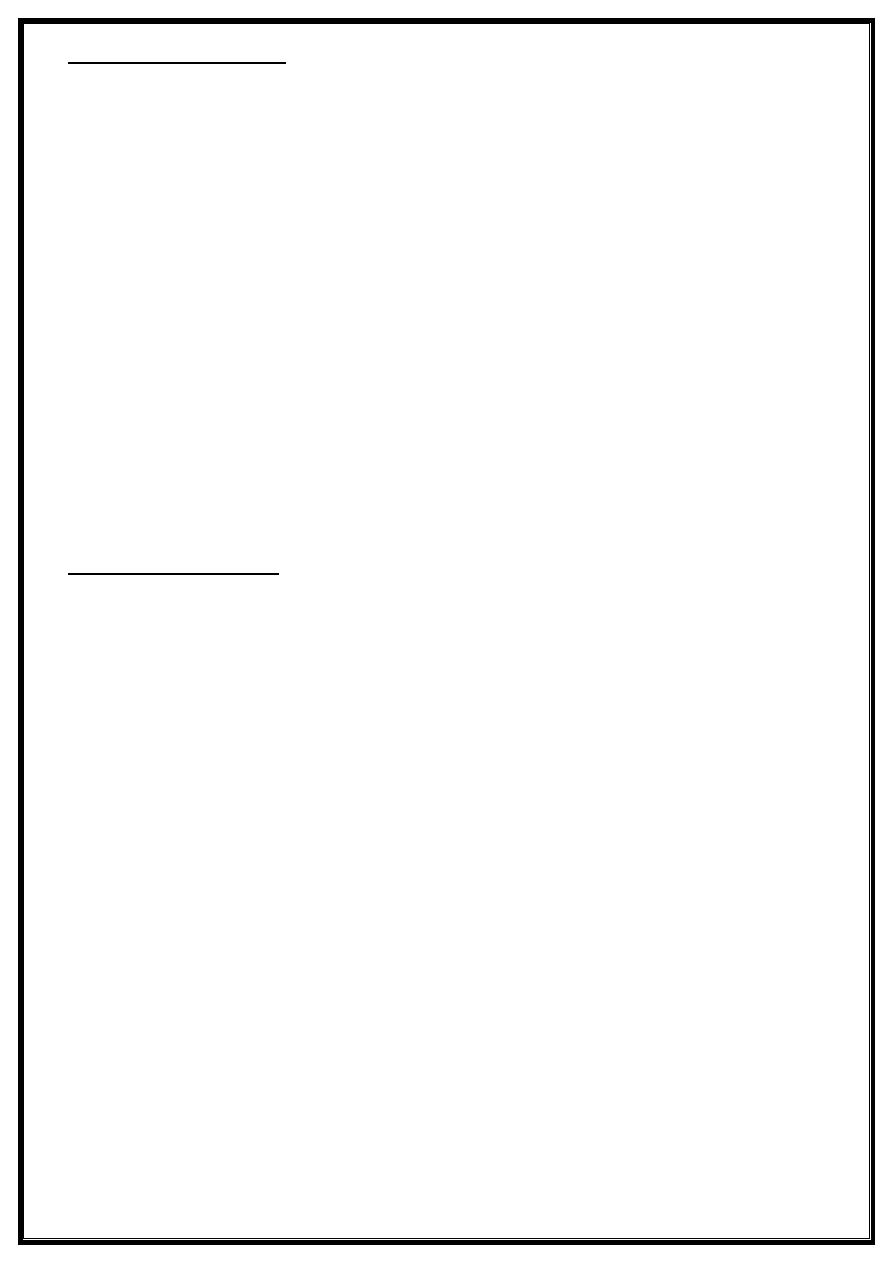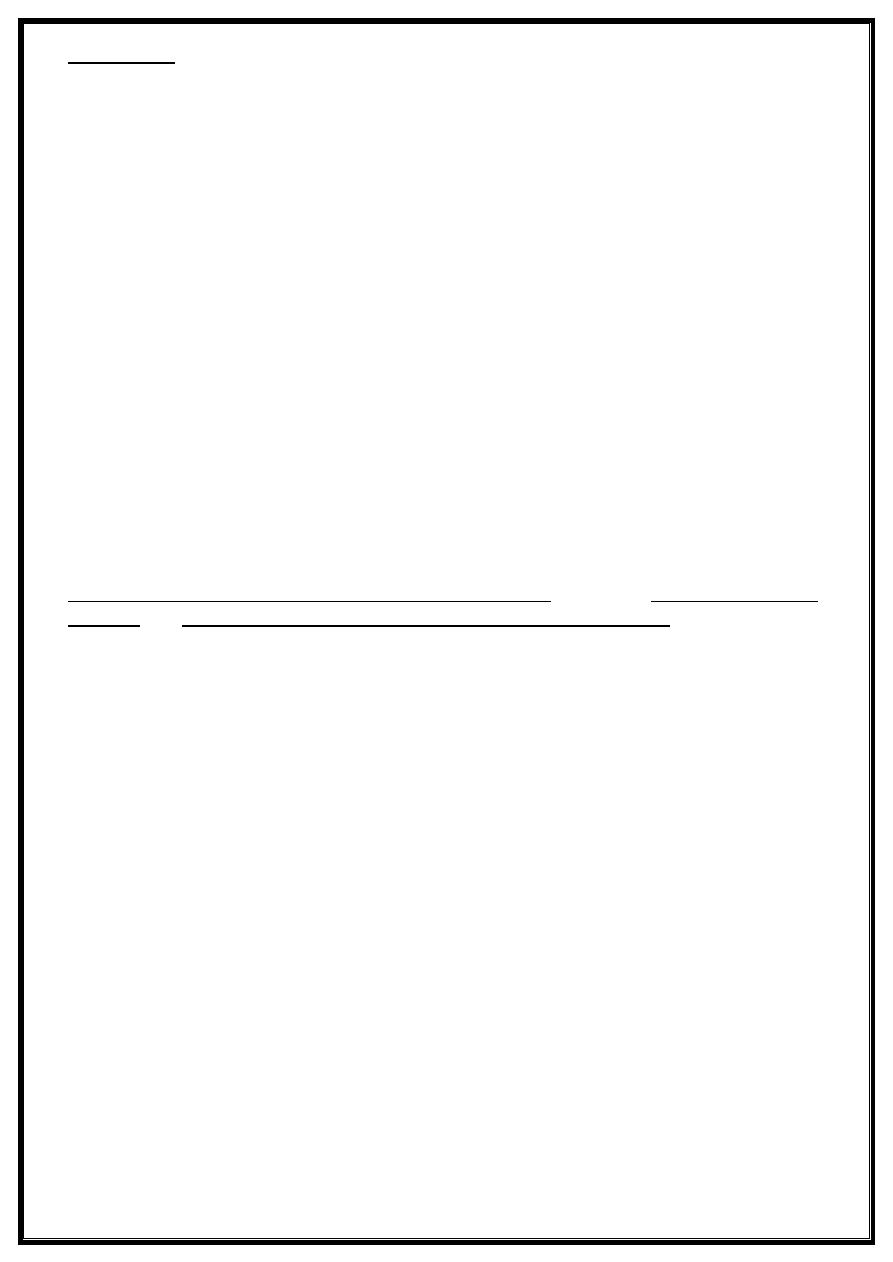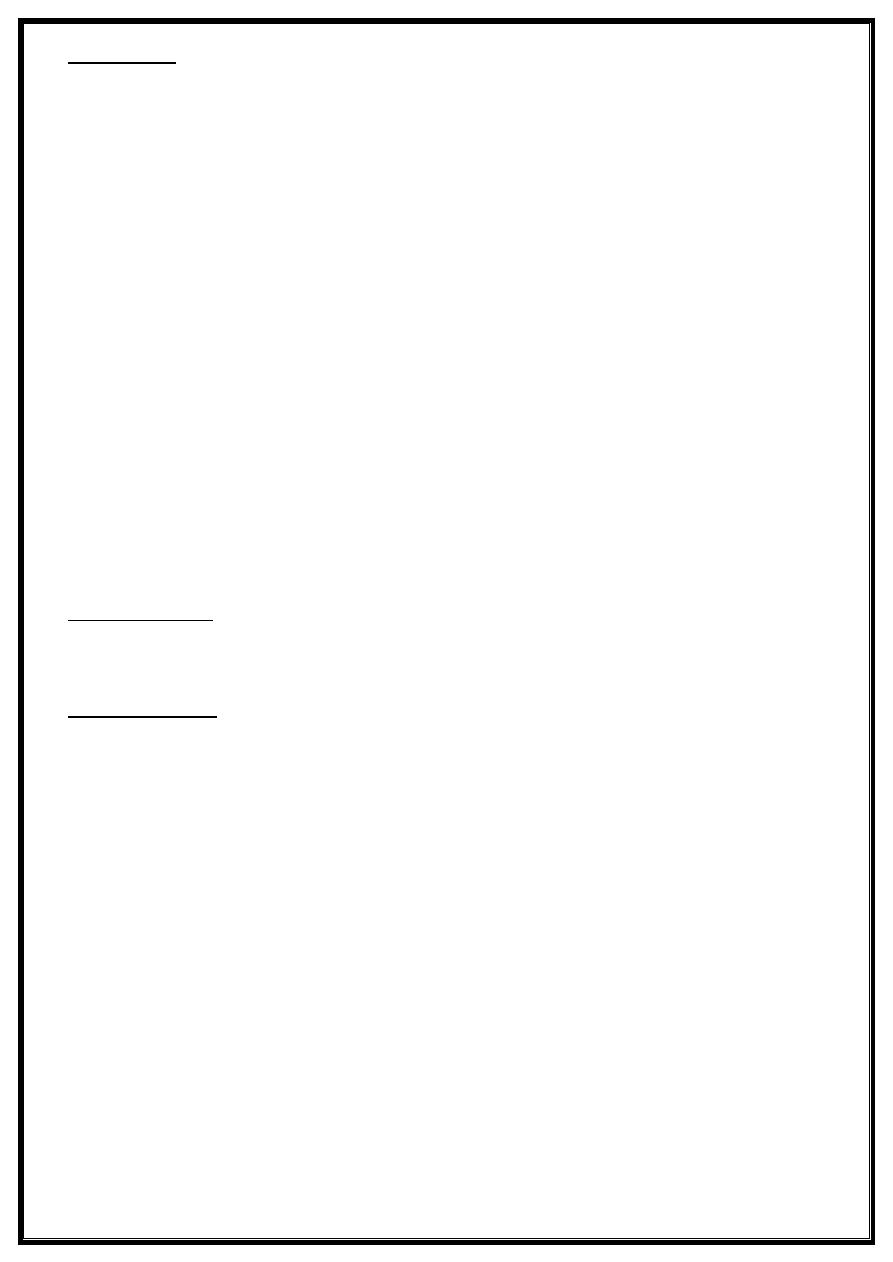
Depression
More than just feelings of unhappiness, clinical or major depression is a mood
disorder.
The difference between clinical depression and feeling unhappy or blue is an
inability to shake this feeling of sadness, which will last more than two weeks at
least. Also, the sad or despairing mood will affect ability to work or go to school, as
well as negatively impact social relationships. day-to-day activities will be harder to
perform, and in severe cases, pa may feel like life is hardly even worth living.
The symptoms can be confusing because they are not just limited to mind and
mood, but may also become physical.
Clinical picture of depression
Depression is a very common disorder, affecting between 10% to 25% of women,
and about 10% to 15% of men.
Though depression affects people of all ages, about twice as many women as men
are diagnosed with clinical depression. The age group with the highest rates of
depression are those under 20 years old, with adolescence being the usual age of
onset for depression.
Other risk factors for developing depression include:
1-Having relatives with depression.
2-Having a traumatic experience as a child.
3-Having personality traits such as low self-esteem, worrying, being overly
dependent on others, perfectionism and hiding feelings.
4-Experiencing stressful life events, such as the death of a loved one, divorce, the
loss of a job, retirement, serious financial problems, and family conflict.
5-Experiencing unusual physiological changes, such as childbirth, and viral or
other infections.

Signs and symptoms:
The signs and symptoms of depression may be different from one person to the
next, especially depending on which type of depression are experiencing. General
symptoms may include one or more of the following:
1-Feelings of sadness, anxiety or emptiness that won't go away.
2-Feeling hopeless and/or pessimistic.
3-Feeling guilty, worthless and/or helpless.
4-Feeling irritable or frustrated, even over minor issues.
5-Loss of interest in activities or hobbies once enjoyed, including sex.
6-Feeling tired or low on energy.
7-Difficulty concentrating, remembering details, or making decisions.
8-Difficulty falling asleep, early-morning wakefulness, or oversleeping.
9-Overeating or loss of appetite.
10-Slowed thinking, speaking or body movements.
11-Thoughts of suicide, or even attempting suicide.
12-Crying spells, for no apparent reason.
13-Aches and pains, headaches, cramps or digestive problems that don't go away,
even with treatment.
Types of depression:
1-Major or Clinical Depressive Disorder
Along with dysthymic disorder (see below), this is the most common form of
depression. Symptoms tend to reduce ability to perform everyday activities, such
as working, sleeping, studying, eating, and most anything that once gave pleasure.
This disabling condition may occur only once in, but more often recurs over
lifetime.
2-Dysthymic disorder
This condition, also referred to as dysthymia, tends to be less severe than clinical
depression, and may not interfere with everyday life. It usually lasts for two years
or longer, and may lead to clinical depression.
3-Postpartum depression
This form of depression is diagnosed in new mothers who develop a major
depressive episode within one month of delivering their baby.
4-Psychotic depression
This is the diagnosis when severe clinical depression is accompanied by a break
with reality, hallucinations, delusions, or some other form of psychosis.
5-Seasonal affective disorder (SAD)
A form of depression that usually increase during spring and summer months.

Diagnosis:
When depression is suspected, doctors will usually ask a series of questions and
even order medical and psychological tests. The idea is to rule out any other
causes of your symptoms, and also to make a more accurate diagnosis and
uncover any related illnesses These tests may include:
1-Physical exam
Including regular check-up measurements of, weight, blood pressure, temperature,
heart rate.
2-Laboratory tests
Which may include a complete blood count (CBC) or a test to make sure thyroid is
working properly.
3-Psychological evaluation
To check for signs of depression. Usually involves talking about thoughts, feelings,
and behavior patterns, as well as any symptoms may be having now, and similar
episodes may have had in the past.
֎ An actual diagnosis of clinical depression is only made if meet the criteria of the
Diagnostic and Statistical Manual of Mental Disorders (DSM).
You must have 5 or more of the following symptoms, including at least one of the
first two, for almost every day over a period of at least two weeks, to qualify for a
diagnosis of depression :
1-A depressed mood for most of the day, which may include feeling sad, empty or
tearful. This may appear as constant irritability in children and adolescents.
2- Reduced interest or taking no pleasure in all or almost all activities most of the day.
3-Significant appetite change (increase or decrease) or weight change (increase, or
decrease without dieting). Failure to gain weight as expected can be a sign of depression
in children.
4-Insomnia or increased desire to sleep.
5-Fatigue or lack of energy.
6-Feeling worthless, or excessively or inappropriately guilty.
7-Difficulty making decisions, thinking or concentrating.
8-Restlessness or slowed behavior noticeable to others (not necessarily every day).
9-Recurrent thoughts of death or suicide (not necessarily every day), or a suicide
attempt.
In addition, there are a few other things to consider before a diagnosis of depression is made:
10-The symptoms experience must be severe enough that they create noticeable
problems in daily activities, such as work, school, social activities or relationships with
others.
11- Symptoms cannot be due to some other cause, such as drug abuse, medication side
effects or another medical condition such as hyperthyroidism.
12-Symptoms are not caused by grief, such as the temporary sadness of losing a loved
one.

Treatment:
Treatments generally depend on the type and severity of depression. Most milder
cases will be managed by a family physician. More severe cases can lead to a
referral to a psychiatrist, who can then treat as an outpatient, or may even admit to
a hospital if necessary.
The treatments most commonly used for clinical depression include medications,
psych education, psychotherapy, and sometimes electroconvulsive therapy is
recommended.
Medications ,,,
Medications are used quite successfully to treat depression, often with
psychotherapy. Medications are often increased gradually to optimize their effects.
The first weeks may be more about managing any side effects rather than real
symptom relief.
Psych-education ,,,
This part of therapy focuses on helping patients and their family members and
partners learn about depression and its treatment, It can take place in groups or in
one-on-one counseling with a healthcare professional.
Drugs ,,,
1- Older drugs :
a) Monoamine oxidase inhibitor (MOAIs) - the first antidepressants.
b) Cyclics (or tricyclic antidepressants).
2- Newer drugs:
a) Selective Serotonin Reuptake Inhibitors (SSRIs).
b) Serotonin and Norepinephrine Reuptake Inhibitors (SNRIs).
c) Norepinephrine and Dopamine Reuptake Inhibitors (NDRIs).
Psychotherapy ,,,
Psychotherapy is a term used to describe treatment that involves talking through
issues with a psychotherapist.
Electroconvulsive therapy (ECT) ,,,
Also known as shock therapy, electroconvulsive therapy has been around for
years. Interestingly, ECT remains the most effective treatment for clinical
depression. medications, are usually tried first before turning to ECT.
Dr.Hassan M. Al jumaily
Neurologist
